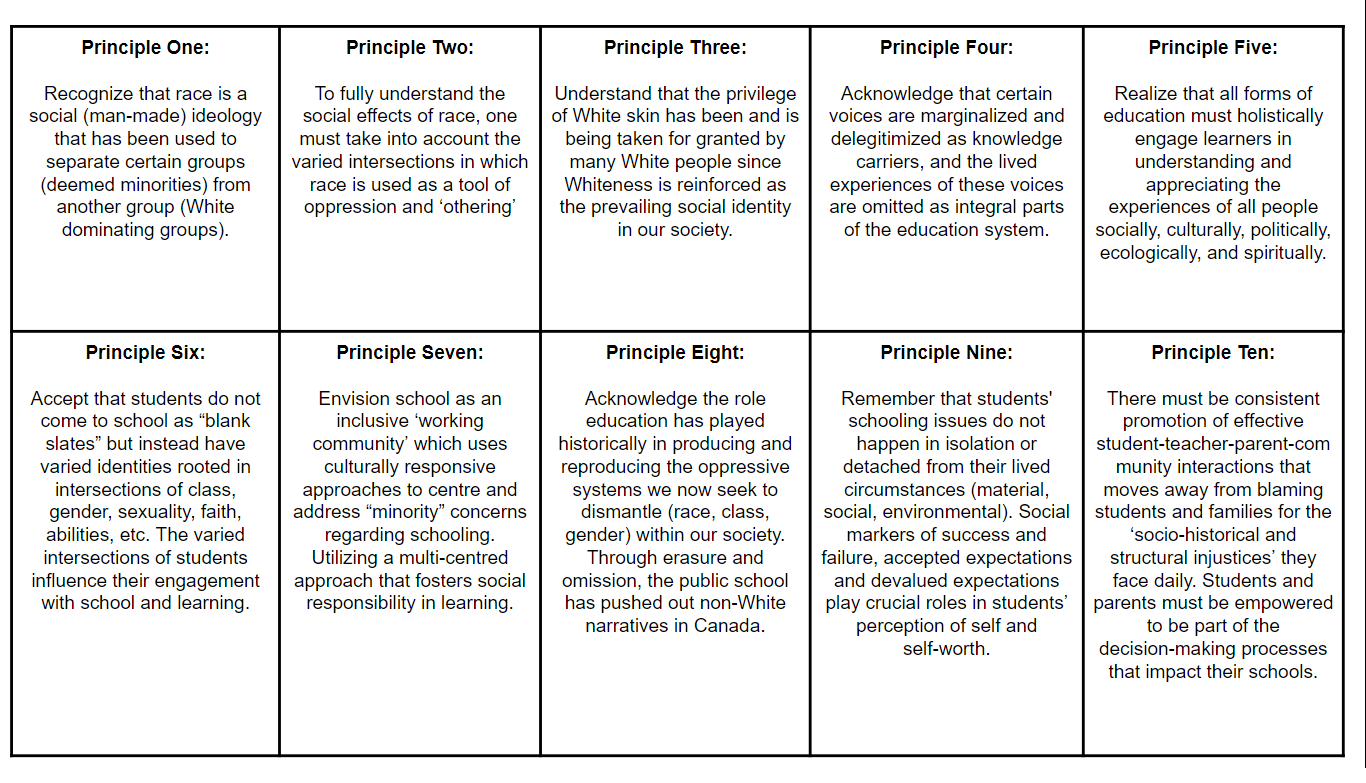I will never complain about the heat. It is nature’s gift to all of us who have ever shovelled snow, skidded through a stop sign on a snow covered road or slipped on an icy walkway. I have never had to shovel heat nor purchase special footwear to protect my feet from freezing because of it while on duty at school.
I have never booked a tropical getaway to the Arctic Circle nor plan to in order to feel the warmth of our nearest star either. There is nothing like sitting by a pool in the shade on a hot day and reading. And by reading, I mean napping. The heat is what keeps my coffee and lunch at optimal temperatures. It is the gift that can’t stop giving.
If you’ve managed to read this far, you know what is coming next.
The heat is all well and good in its place and proportion, but the structures that we occupy and serve our students are not collectively constructed by any means close to supporting those on the inside. It’s too darn hot.
Call it what you will; climate crisis, climate change, global warming, astronomical juxtaposition, weather shift (I made that one up). etc, there is a problem with most of the buildings where K to 8 students are being taught. So when temperatures rise to near historical highs for several days in a row, everyone feels the heat. Except for those who have deemed it acceptable that these learning conditions exist.
I have yet to walk into a secondary school that wasn’t climate controlled. I have yet to walk into a board office that wasn’t climate controlled. I have yet to walk into a government building that wasn’t climate controlled. Why would I, that would make it hard on the students and the workers? Yet, there seems to be countless elementary schools where classroom temperatures are regularly above a reasonable 22 degrees Celsius.
So why does it seem acceptable to decision makers to maintain such a scorching status quo?
This recent round of heat has once again revealed the resilience of students and educators (including principals) in the face of a system that seems more apathetic than unreliable. Why does it feel that we are being let down here?
Adapting to the situation again
In times like these, we have all needed to adapt our days to the weather: indoor recesses, less vigorous activities, more water breaks, lights off and blinds closed for the appearance of a cooler room, fan(s) whirring not so silently across seated students clambering for a brief breeze. And then there is managing students who have already begun their summer vacation a touch earlier than scheduled. It’s not like we can even go outside for a nature walk when the humidex is 40 degrees C and there are threats of severe pop up thunder/lightning storms.
Unlike the cold, the heat is a disruptor in our spaces. Sure there are inclement winter weather days, yet never a hardship due to heat and humidex day. Even if we could cram entire student populations into the few climate controlled spaces found in elementary school buildings, those spaces would heat up due to the sheer numbers alone and the problem begins all over again.
If that wasn’t enough
I have found that the attention span of the average learner decreases as the temperatures increase. Lessons have been shortened. In the past week, I have incorporated more engineering and collaborative work as well as a longer, more in-depth art project. We have shared lessons and reflections on Juneteenth and Indigenous Peoples Day. In between more structured lessons, there have been several Genius Hour projects where students are asked to learn about something new and share it. So far we have learned about CPUs, horticulture, glass blowing, hair types, how to fold paper into boxes, and much more.
We also took time to discuss our growth as a classroom community and what they would like for me to do better for my students next year. Talk about feeling the heat.
What I came away from this week of elevated temperatures was that there were some struggles happening because of the heat that required more attention. It meant looking after the physical well being of students in order to maintain their mental well being.
And then there is the time when students are not at school. All of this has me thinking that many of our students may not have any respite from the heat once they leave school. How much is that affecting them and their families? This now becomes a broader social issue that goes far beyond the scope of ensuring that students are afforded the climate controlled comfort they need.




